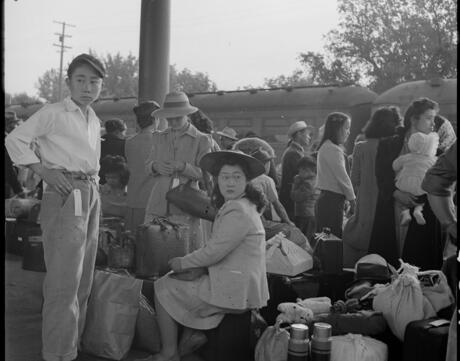
Bearing Witness to Japanese American Incarceration
At a Glance
Language
English — USSubject
- History
- Social Studies
Grade
6–12- Racism
Overview
About This Mini-Lesson
March 21, 1942, marks the date that Congress passed Public Law 503. This legislation authorized the federal courts to enforce President Roosevelt’s Executive Order 9066, which sanctioned the forced removal and incarceration of Japanese Americans on the West Coast in incarceration camps.
The following mini-lesson probes some of the complex issues arising from the history of Japanese incarceration during World War II. While not comprehensive, these resources and activities enable students to explore difficult questions about national identity, institutional racism, and the boundaries of US citizenship.
Activities
Activities
Materials and Downloads
Resources from Other Organizations
Additional Resources
Resources from Other Organizations
Unlimited Access to Learning. More Added Every Month.
Facing History & Ourselves is designed for educators who want to help students explore identity, think critically, grow emotionally, act ethically, and participate in civic life. It’s hard work, so we’ve developed some go-to professional learning opportunities to help you along the way.
Exploring ELA Text Selection with Julia Torres
On-Demand

Working for Justice, Equity and Civic Agency in Our Schools: A Conversation with Clint Smith
On-Demand

Centering Student Voices to Build Community and Agency
On-Demand














